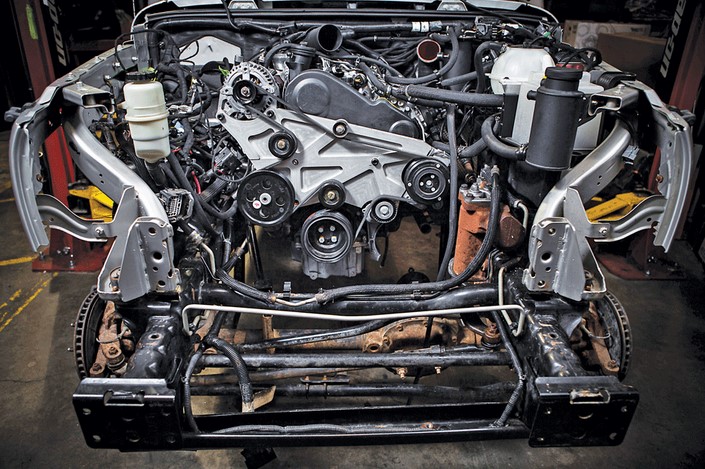
The 92-96 F150 Lowered: Lowering Kits and Modifications for 1992-1996 Ford F-150 Trucks is a comprehensive guide that provides detailed information on how to lower the ride height of Ford F-150 trucks manufactured between 1992 and 1996. This guide includes a variety of lowering kits and modification options that can be used to achieve a lower stance for these trucks, enhancing their aesthetic appeal and potentially improving their handling and performance. From simple lowering blocks to more complex suspension overhauls, this guide covers a wide range of techniques and products for truck enthusiasts looking to customize their Ford F-150.
The Ultimate Guide to 92-96 F150 Lowered: Lowering Kits and Modifications
The 1992-1996 Ford F-150, fondly known as the 92-96 F150, is a classic model that has stood the test of time. Its robust design and powerful performance have made it a favorite among truck enthusiasts. However, one modification that has gained popularity over the years is lowering the truck to enhance its aesthetic appeal and improve its handling. This article will delve into the world of 92-96 F150 lowered, exploring the various lowering kits and modifications available for these iconic trucks.
Lowering a truck involves reducing its ride height, which is the distance between the base of the truck’s tires and the underside of its body. This modification not only gives the truck a sleek, streamlined look but also improves its aerodynamics, which can lead to better fuel efficiency and improved handling, especially at high speeds.
There are several ways to lower a 92-96 F150, but the most common method involves using a lowering kit. These kits typically include components like shorter coil springs, drop spindles, and lowered leaf springs, which replace the truck’s original parts to reduce its ride height.
Lowering kits come in various types, each offering a different degree of drop. For instance, a 2/4 drop kit will lower the front of the truck by two inches and the rear by four inches, giving the truck a slightly raked stance. On the other hand, a 3/5 drop kit will provide a more aggressive drop, lowering the front by three inches and the rear by five inches.
When choosing a lowering kit for a 92-96 F150, it’s essential to consider the truck’s intended use. For daily driving, a mild drop that maintains a good balance between aesthetics and ride comfort is usually the best choice. However, for a show truck or a performance-oriented build, a more aggressive drop may be desirable.
In addition to lowering kits, there are other modifications that can enhance the look and performance of a lowered 92-96 F150. For instance, installing aftermarket wheels and tires can complement the truck’s lowered stance and improve its grip on the road. Similarly, upgrading the truck’s suspension components, such as its shocks and sway bars, can enhance its handling and ride quality.
However, it’s important to note that lowering a truck can have some drawbacks. For instance, it can reduce the truck’s ground clearance, making it less suitable for off-road use. It can also put more strain on the truck’s suspension components, potentially leading to increased wear and tear. Therefore, it’s crucial to consider these factors before deciding to lower a 92-96 F150.
In conclusion, lowering a 92-96 F150 can transform its look and enhance its performance, making it a popular modification among truck enthusiasts. With a variety of lowering kits and additional modifications available, owners of these classic trucks can customize their ride to suit their personal style and driving preferences. However, as with any modification, it’s important to consider the potential drawbacks and ensure that the modification is done correctly to maintain the truck’s safety and longevity.Lowering kits and modifications for 1992-1996 Ford F-150 trucks, also known as 92-96 F150 Lowered, provide a means to adjust the vehicle’s height and improve its overall performance and aesthetics. These kits can enhance the truck’s handling, reduce drag, and give it a more aggressive, customized look. However, the process may involve complex changes to the suspension system and should be done with careful consideration to the vehicle’s specifications and potential impact on its functionality.

